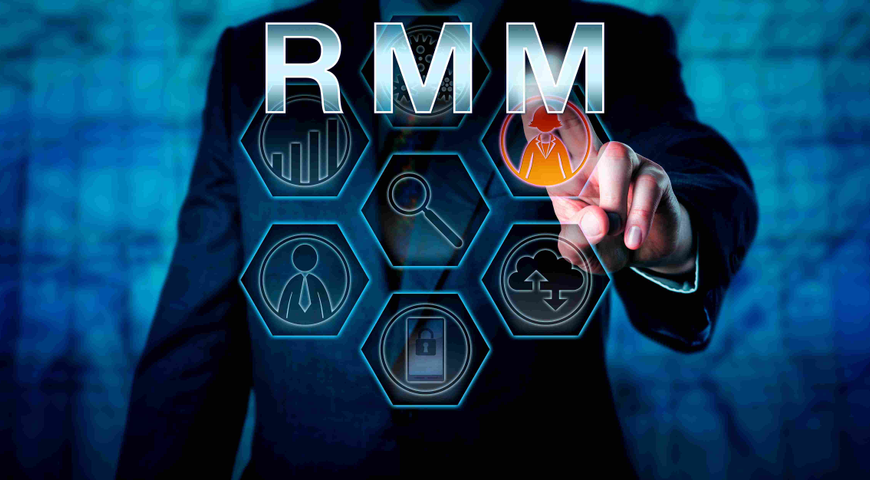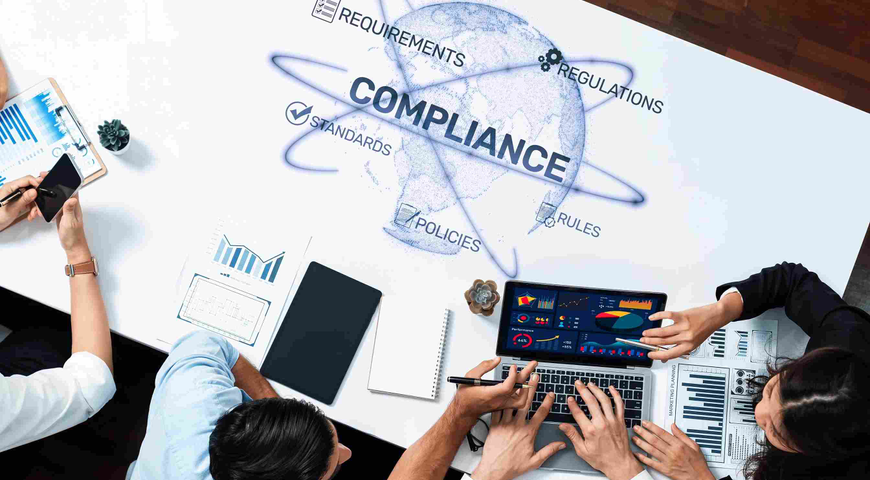I’m following up on last week’s post about our new white paper, Low Risk Adoption of Cloud Infrastructure for Enterprises.
I’ve already explained the basic idea: that businesses must develop a strategy for adoption of, and migration to, the cloud, to ensure that they get all the benefits they’re looking for, while minimizing risk. Here’s what’s driving businesses to the cloud in the first place…
Core v. Context
Migrating IT infrastructure to cloud IaaS is a natural evolution of steps that companies have already taken to outsource commodity IT functions. There’s nothing new in IT shops trying to eliminate the busy work so they can focus on the high value projects. This is what The Chasm Group and Gartner refer to as “core versus context”. IT needs to provide “context” as easily and inexpensively as possible, and invest as much as they can in “core”, the things that create strategic differentiators for the business.
In a May, 2011 story in Network World, Jim Honerkamp, CIO of Steel Technologies said, “Infrastructure does not differentiate us in any way, shape or form in the marketplace. To be a strategic IT organization, you have to be delivering value in technology tools, either to strengthen customer relationships or to be used as weapons against the competition.”
OpEx v. CapEx
Another key driver of cloud migration is the appeal of shifting from the large capital expense of buying hardware and software, to the steady, predictable operating expenses, billed monthly, as a utility. This change makes budgeting easier, and, for most small and midsize businesses, makes cash management easier.
In a related area, changes in technology happen so fast that the traditional three-year depreciation schedule for hardware doesn’t match the reality of an IT department trying to keep up with the “power curve”. After just one or two years, the hardware may start to become a liability to the company, becoming underpowered relative to the needs of updated software. A software upgrade – one with increased resource requirements – in the middle of a hardware lifecycle, can bring systems to their knees.
Small and midsize companies in particular are hard-pressed to keep up with the latest in both hardware and software as a result. One benefit of cloud infrastructure is continuous access to whatever level of resources the company needs, without the hassle of adding or replacing hardware.
In short, the fast pace of hardware innovation driven by Moore’s Law, plus the disconnect between hardware and software release cycles, are driving companies to find ways to get their infrastructure stack as a subscription service, with definable, predictable levels of computing and storage capacity.
Next time, I’ll look at what customers can look for in their cloud vendor to minimize risk.
About Acronis
A Swiss company founded in Singapore in 2003, Acronis has 15 offices worldwide and employees in 50+ countries. Acronis Cyber Protect Cloud is available in 26 languages in 150 countries and is used by over 21,000 service providers to protect over 750,000 businesses.


